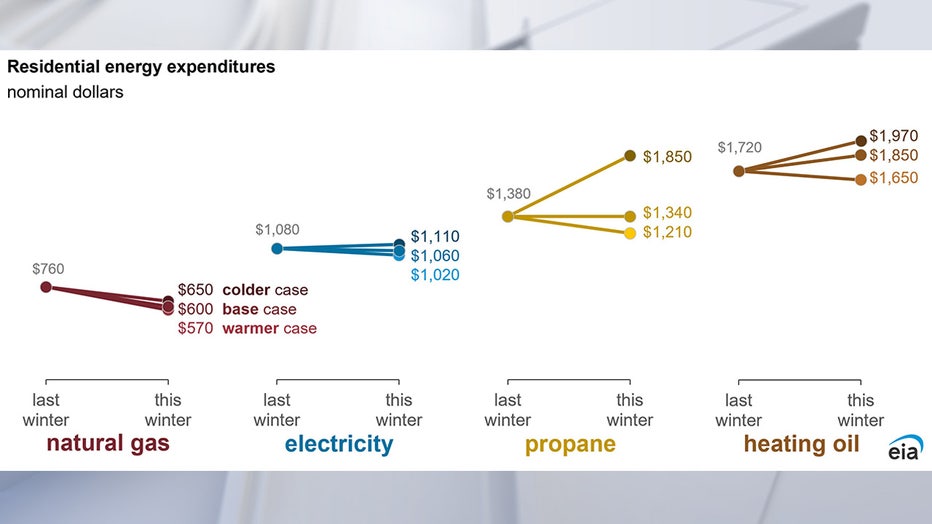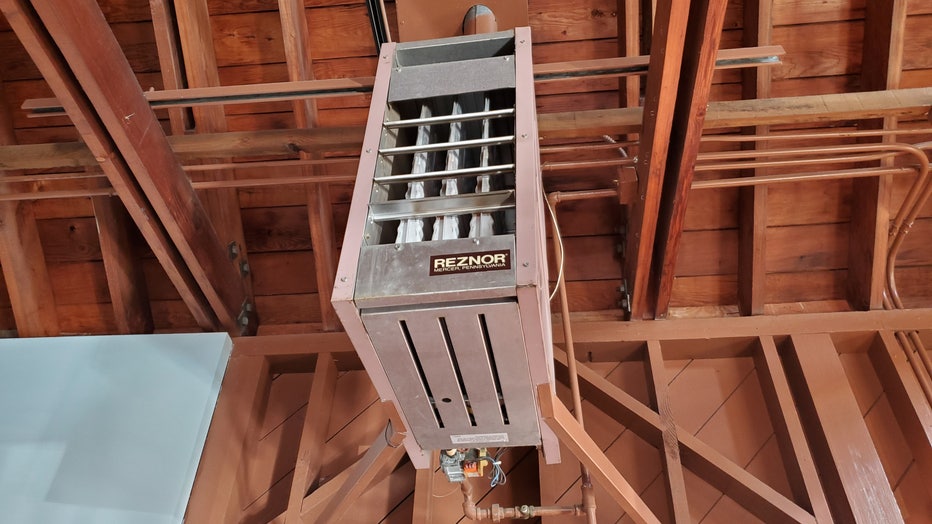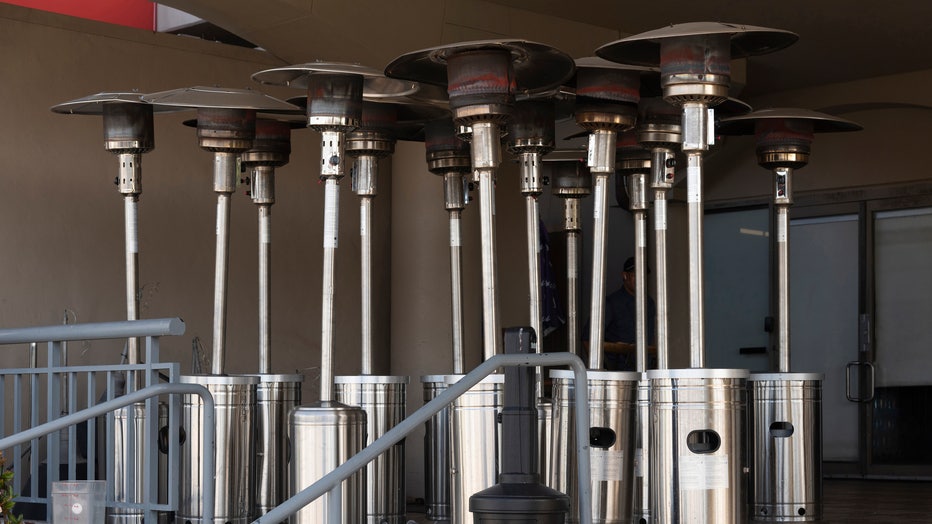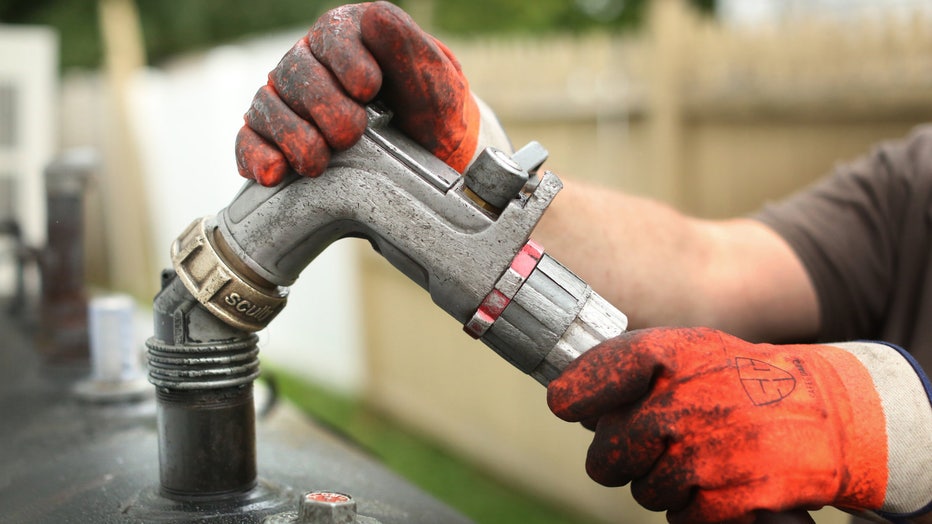Home heating prices are down a little: Here's how much you'll spend this winter

Will oil and gas be impacted due to war in Israel?
As conflict continues in Israel, many wonder if there will be a spike in gas prices. LiveNOW from FOX host, Michael Pache spoke to an oil and gas expert about the possibility.
The cost of heating your home this winter may be a little less than last year – especially if you live in the western U.S. and use natural gas as a primary heating source.
According to the U.S. Energy Information Administration, overall winter heating prices for U.S. households are expected to be about the same or less than last winter, depending on where you live and what you use to heat your home.
The federal agency predicts temperatures in the western U.S. to be warmer than 2022’s frigid winter, which means households will likely spend less in that region on all sources of heat.

(U.S. Energy Information Administration)
Natural Gas
Natural gas prices are expected to drop this year compared to 2022, which means the 46% of U.S. households using natural gas as their primary heating source will likely spend less this winter.
READ MORE: It's getting too expensive to have fun, survey finds
A graph from the EIA says households are predicted to spend, on average, $600 on heating this winter, but it depends on temperatures. If it’s a warmer winter, that number drops to $570, and if it’s colder it goes up to $650.

Close-up of Reznor brand natural gas heater (Photo by Smith Collection/Gado/Getty Images)
If you combine western U.S. households with the households that use natural gas for heat, that accounts for 56% of all U.S. households, according to the EIA.
Electricity
Electric-heated households can expect to spend about the same as they did last year on heating, the EIA says, or maybe a little less depending on where you live. U.S. prices are expected to average 15.2 cents per kilowatt, about 2% lower than last winter.
READ MORE: Credit card delinquency rates and balances are on the rise
"The lower prices for retail customers reflect the relatively low cost of producing power over the past year, especially the cost of natural gas," the EIA says.

Close-up of a Robertshaw wall-mounted digital thermostat (Photo by Smith Collection/Gado/Getty Images)
The largest driver of changes in electricity spending is consumption. For the West, the EIA forecasts 10% less residential consumption this winter because of milder expected temperatures. They expect winter consumption to rise by 5% in the South.
Researchers estimate households will spend $1,060 for a normal winter, $1,110 for a colder winter and $1,020 for a warmer winter.
Propane
Spending on propane heat is expected to dip slightly, but again, it depends on where you live.

Collection of gas heaters used outdoors in a restaurant,. (Photo by: Peter Titmuss/UCG/Universal Images Group via Getty Images)
Base spending on propane this winter is expected to be $1,340 for normal temperatures, $1,850 for colder temps and $1,210 if it’s warmer.
Heating Oil
Because distillate fuel inventories are lower than their five-year average, the EIA expects households to spend more to heat their homes with heating oil this year, unless temperatures are warmer than predicted.

Doug Wise, general manager of Wise Choice Fuel Oil Co., delivers heating oil to a home in Wantagh, New York (Photo by John Paraskevas/Newsday via Getty Images)
U.S. households can expect to pay about $1,850 to heat their homes with heating oil this year, but that number goes up to $1,970 if it’s colder and drops to $1,650 if it’s warmer.

(U.S. Energy Information Administration)

